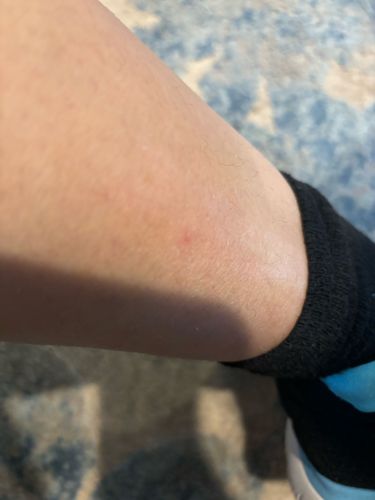Mosquito
Scientific Name: Culicidae (various genera and species)
Order & Family: Order: Diptera, Family: Culicidae
Size: Typically 3 mm to 6 mm (0.12 to 0.24 inches) in length.

Natural Habitat
Mosquitoes are found worldwide in almost all habitats, especially near standing water sources such as ponds, swamps, marshes, ditches, and containers holding water, as their larvae and pupae are aquatic. Adults are often found near vegetation, in shaded areas, and indoors.
Diet & Feeding
Adult female mosquitoes feed on blood to obtain proteins for egg development. They are known as hematophagous insects. Adult male mosquitoes and both sexes of many species feed on nectar and plant juices for energy.
Behavior Patterns
Mosquitoes are most active during dawn and dusk (crepuscular), but some species are active during the day or night. Females locate hosts using cues such as carbon dioxide, body heat, and odors. They lay eggs individually or in rafts on or near water. Larvae and pupae develop in water, and adults emerge after metamorphosis. Their flight behavior includes searching for hosts, mating, and oviposition (egg-laying).
Risks & Benefits
Potential risks include transmitting various diseases such as malaria, dengue fever, Zika virus, West Nile virus, and chikungunya virus. Mosquito bites cause itchy welts. Benefits are limited but they serve as a food source for some animals (e.g., bats, birds, fish) and adult mosquitoes, particularly males, can act as pollinators for certain plants.
Identified on: 9/3/2025